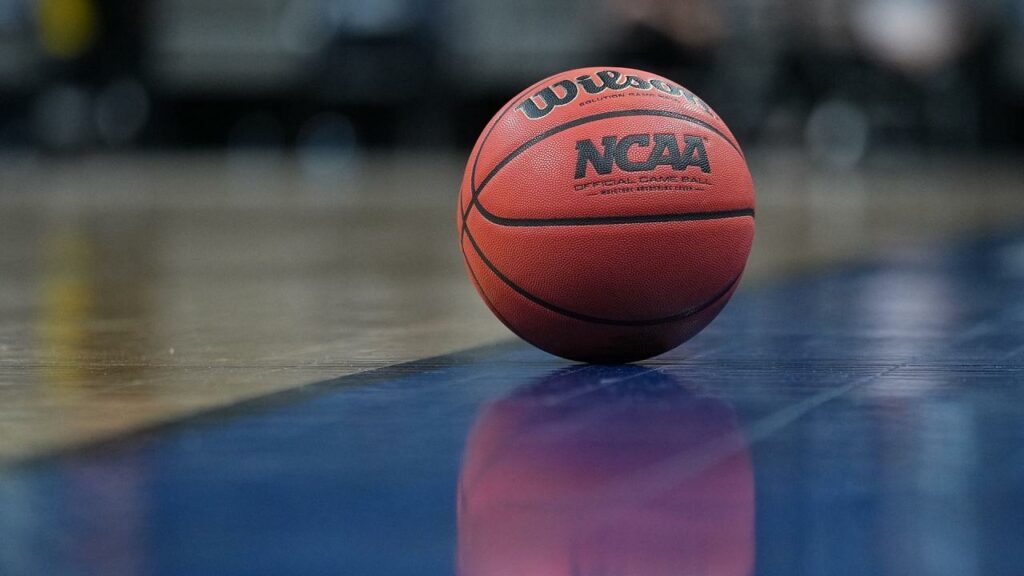Is Age Just a Number in NCAA Sports?

How old is too old to be a student athlete? When most people think of a student athlete, they picture someone youthful around the age of 18 – 22 years old. In fact, Amobi Okoye, who joined the University of Louisville football team at the age of 16, was the youngest NCAA athlete. At the age of 19, he became the NFL’s youngest drafted player. Impressive, right? What’s more impressive is that 61 year old Tom Thompson played NCAA Division III football at Austin College in Sherman, Texas back in 2009.
The average Olympian is 27 years old, which seems fitting for all the time and effort these athletes dedicate to their sport. This is around the age where a male athlete’s abilities begin to peak. However, it’s more unusual to see an athlete of this age playing NCAA sports.
Unlike the NCAA’s Division III program, there are some age restrictions for Division I and II sports. While there isn’t a set age limit, the NCAA allows a one-year grace period after a student graduates high school. Skiing and hockey are the only sports where athletes have till they are 21 before their eligibility clock begins.
Out of a five-year timeframe, the NCAA allows a student athlete four years of eligibility. A year in which an athlete doesn’t compete is called a redshirt year. A redshirt year is one in which an athlete does not compete. This gives an athlete time to recover from an injury or enhance their athletic ability without having to lose a year of eligibility.
Olin Hacker, a graduate student at the University of Wisconsin Madison, has been a student athlete for seven years. He runs for both men’s cross country and track & field. He will be nearly 25 years old by the time he finishes his kinesiology degree in May 2022. You might be asking how he’s managed to stay in the program for so long, given the NCAA’s strict eligibility rules.
Like many other student athletes, he redshirted his first year to give himself time to acclimate to a new routine as a student athlete. Unfortunately, he suffered from an Achilles injury, and the NCAA granted him a medical redshirt for one additional year of eligibility
As of 2018, the NCAA has two qualifications for granting a medical redshirt. The athlete’s injury had to happen in the first half of the season, and the athlete couldn’t have competed for more than 30 percent of the season.
As a result of the pandemic, things were a little different during the 2020-2021 college sports season. All 2020-2021 NCAA athletes were given an additional year of eligibility, allowing them to enter as a fifth-year senior and still compete. With that said, Olin Hacker was eligible for one final year of cross country and track and field.
“[M]ost people don’t get seven years to be here. I feel so lucky to have that but like I know that my time’s up now. I guess I just feel really grateful to have these chances and to have had the teammates that I’ve had,” Hacker said. “But it’s funny because there’s a possibility that next year then I’ll be able to go and train with teammates that I used to be teammates with or at least see them more often.”
Because of Hacker’s unusual circumstances, it was fair that he was allowed extra years of eligibility. However, some have argued that large age gaps put younger athletes at a physical disadvantage. This has mainly been a problem for Division III athletics due to their leniency on age eligibility.
Is it fair for an 18 year old to compete against someone who is eight years older than him, let alone, someone who is much more mentally and physically developed? From a physical perspective, it may be unfair. However, from a financial perspective, the lenient rules make sense. Division I and II schools can provide full or partial scholarships, while Division III schools simply do not have the resources to do so.
Truthfully, given those facts, age is only a number for NCAA Division III athletics. These schools have no reason to bar a 30-year-old from joining the team because there are no financial rewards. In Division I and II sports, where stakes are higher, it makes more sense to have an age limit. The question is, what should that age limit be? And in cases like Hacker, would there be exceptions to that age limit?
Unfortunately, there isn’t a clear answer to these questions. Everyone develops mentally and physically at different rates, and so, it’s difficult to define the line where an athlete is deemed to be “too old” to compete.